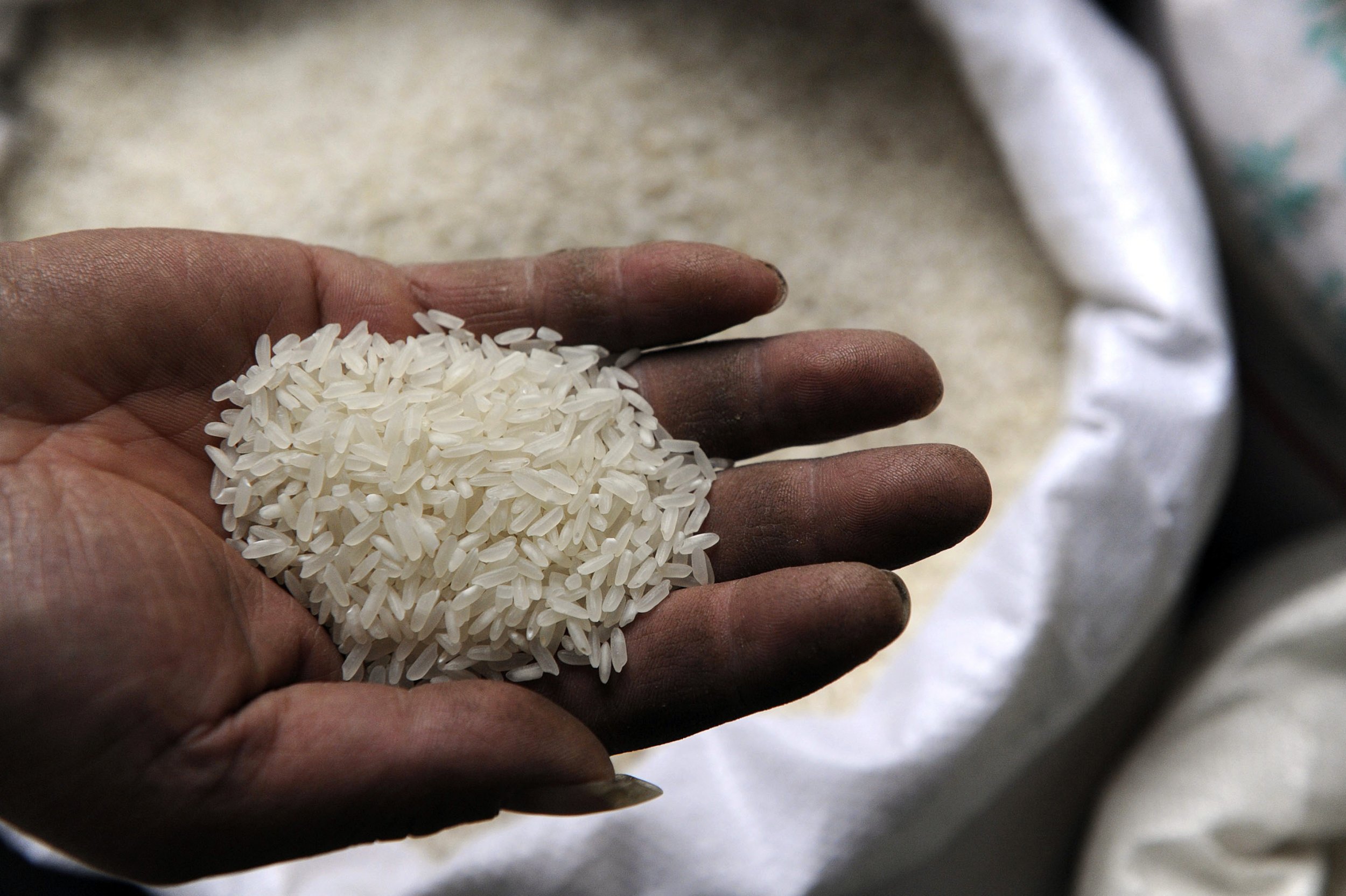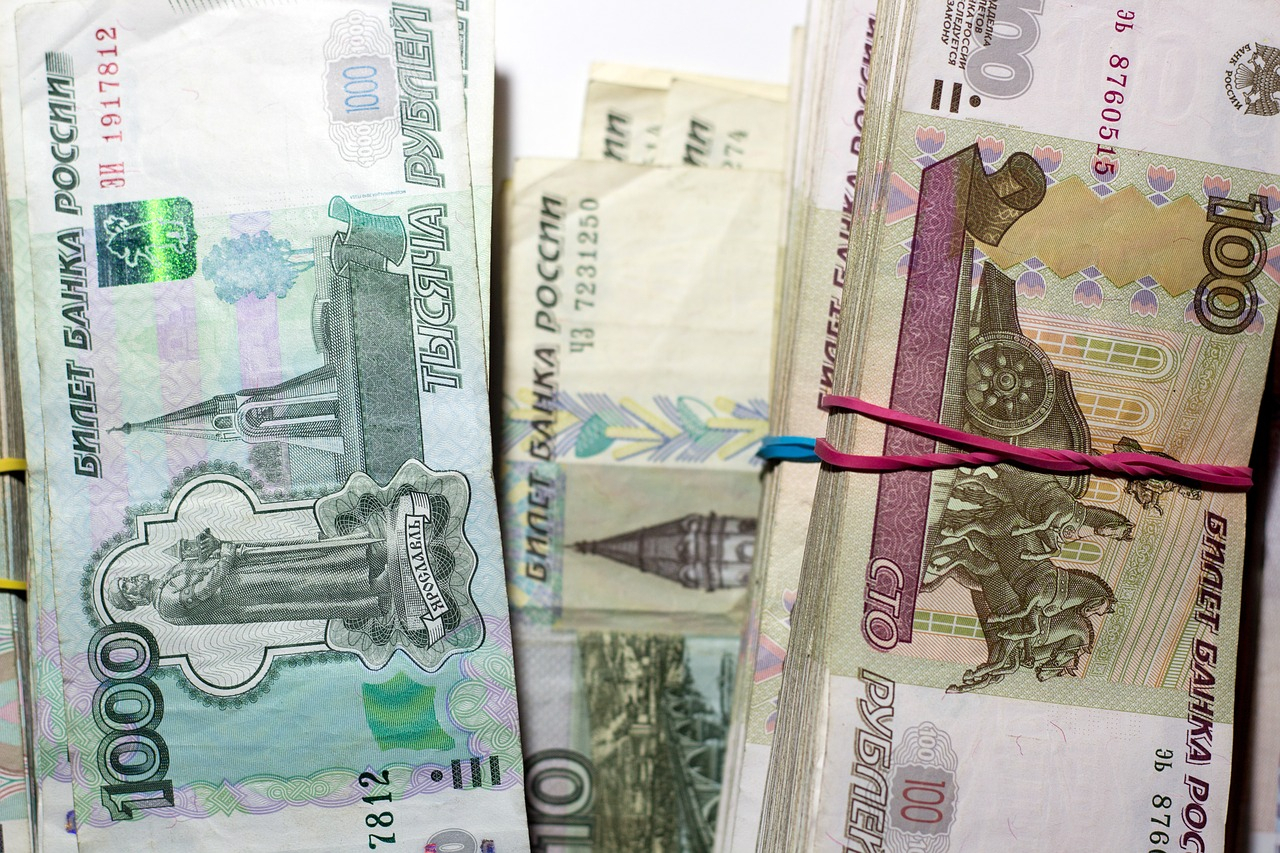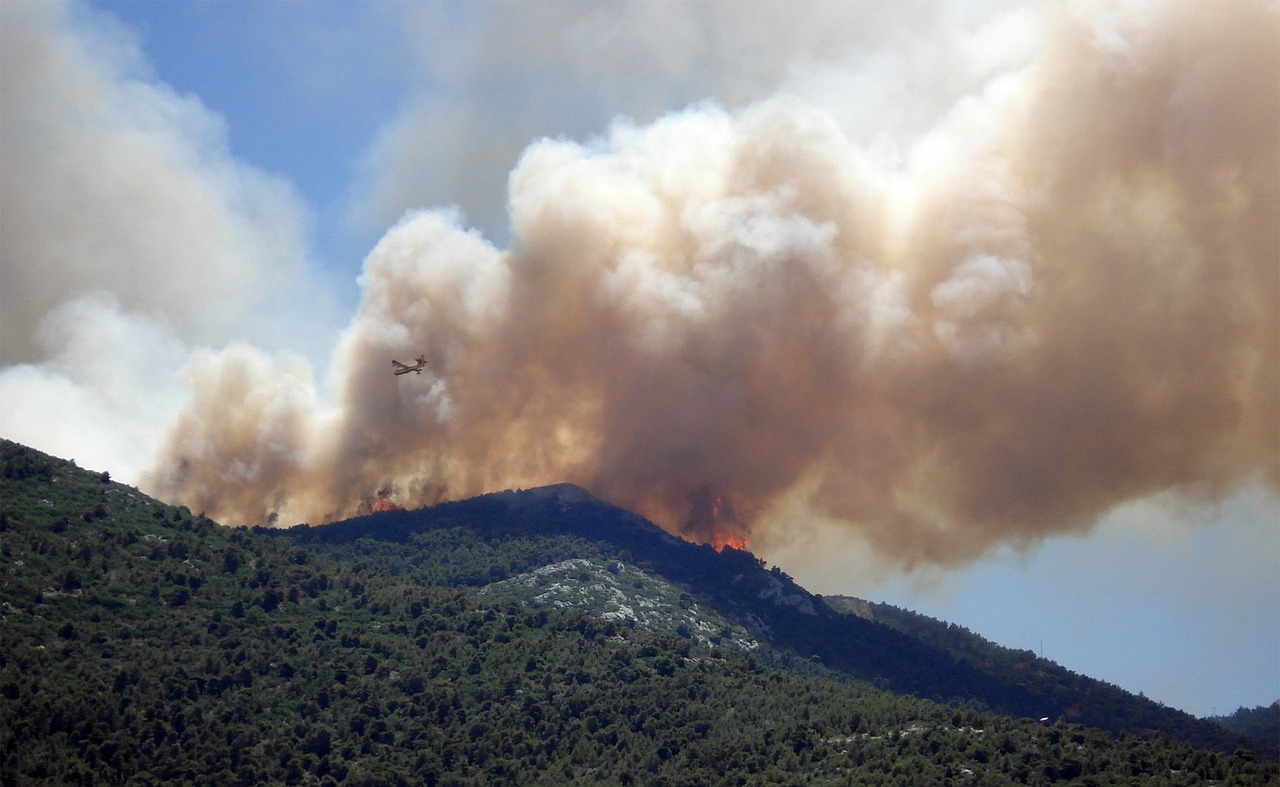REUTERS/Jianan Yu
KEY POINTS
- China will be forced to import more rice to cover domestic shortfall: Fitch
- Rice-related woes are an “ominous sign” of how extreme weather can affect world food supplies: Kelly Goughary
- China knows there will be socioeconomic and political consequences if it fails in food security: Genevieve Donnellon-May
China’s extreme weather events, particularly flooding, coming on the heels of India’s export ban on certain rice varities, are expected to have a lasting impact on global rice markets. For countries that depend heavily on rice imports, it means the higher rice prices are not going away any time soon and food security will be a long-term concern.
The grain-producing northeastern region of China has grappled with heavy rain in recent months, resulting in reduced yields that will likely push global rice prices up, capital market company Fitch Ratings said in a recent report. In particular, the provinces of Heilongjiang, inner Mongolia and Jilin that accounted for 23% of China’s overall grain output in 2021, are believed to have been hit hard by the remnants of Typhoon Doksuri.
India, the world’s largest rice exporter, announced a ban on non-basmati white rice exports last month to “ensure adequate availability” and “allay the rise in prices in the domestic market.” Climate and agriculture analytics firm Gro Intelligence said the move could “risk exacerbating food insecurity” in countries that highly depend on rice imports.
India accounts for more than 40% of the world’s rice trade, and non-basmati white rice accounts for about a quarter of the country’s overall rice exports. Along with China’s flooding woes, India’s ban has put the global food security issue on the table.
Fitch expects lower yields from China’s flood-hit regions to drive domestic grain prices up and likely force Beijing to import more grains to cover demand. Last year, China was the world’s top rice importer.
This is bad news as low inventories in rice-exporting countries are likely to fuel rice prices externally at a time when global food prices are already being driven up by the Russia-Ukraine war, Kelly Goughary, senior research analyst at Gro Intelligence, told International Business Times. It doesn’t help that Chinese rice “has poor tolerance to standing water,” Goughary added.
The UN’s Food and Agriculture Organization’s (FOA) All Rice Price Index shows that global rice prices hit their highest in nearly 12 years in July.
Thailand, another rice exporter, is reeling from the effects of too little rain. The issues faced by China and other rice growing Asian countries are “an ominous sign” of how weather-related phenomena can affect world food supplies, Goughary, who specializes in commodity analysis, said.
China was the world’s largest rice producing country based on milled rice production from 2021-2022, while India follows at second place and Thailand is on the sixth spot as per Statista.
Local governments in China are “racing against time” to drain floodwater from rice fields in an attempt to minimize the damage, as the grains superpower knows that if it becomes food insecure, it could result in “significant socioeconomic and political upheaval,” Genevieve Donnellon-May, research associate at the Asia Society Policy Institute (ASPI) and the Asia Society Australia and a non-resident researcher at the Oxford Global Society and The Red Line, told IBT.
Global rice production problems aren’t just China’s or India’s alone as reduced yields “will undoubtedly impact domestic food security in numerous countries, leading to malnutrition and health impairment.” People with low incomes may be forced to choose between purchasing rice and other necessities, she said. Since India announced its non-basmati white rice exports ban, global rice prices have already spiked by more than a fifth.
Several industries will also be hit hard by higher global rice prices, including hospitality and food and beverage, specifically restaurants, hotels and even supermarkets that may be forced to ration rice sales.
China’s rice yields have already reduced by one-twelfth over the last 20 years due to extreme rainfall, researchers said, and rice yield reductions from rainfall impacts were “comparable” to reductions induced by extreme heat. The climate-driven woes of China’s grains industry are a reminder to other countries about the significance of establishing “resilient agricultural systems,” Donnellon-May noted.
Beijing has been focusing on food security over the past decade as climate change drove concerns about domestic supplies. Experts at the World Economic Forum (WEF) noted that public-private cooperation has helped maintain Chinese food security in recent years. This time around, China’s extreme weather events are expected to make rice production incredibly difficult.
Rice is the staple food for 65% of the Chinese population, and it accounts for around 28% of the world’s total rice produce. India, on the other hand, has 50% of its total population relying on rice for sustenance. It exported $10 billion worth of rice in 2021 to many countries, including Bangladesh, Saudi Arabia and even China. The said numbers highlight the two nations’ importance in the rice supply chain, not just domestically but also for the rest of the world.
There are also concerns about India’s ban possibly triggering a domino effect. Rival exporter nations may implement similar bans to prevent domestic shortages of the product.
Other countries may be “forced to compete against each other” to secure limited rice supplies should fears mount about stockpiling or worse, a global rice shortage occurs, Donnellon-May said. The most vulnerable countries are Myanmar, Cambodia, Nepal, Indonesia, the Philippines and Vietnam. The Philippines was only second to China in the list of the world’s top rice importing countries last year.
In April, Fitch Solutions predicted that the world will see its largest shortfall in rice production in two decades in 2023 at 8.7 million tons, marking the largest global rice deficit since 2004.







